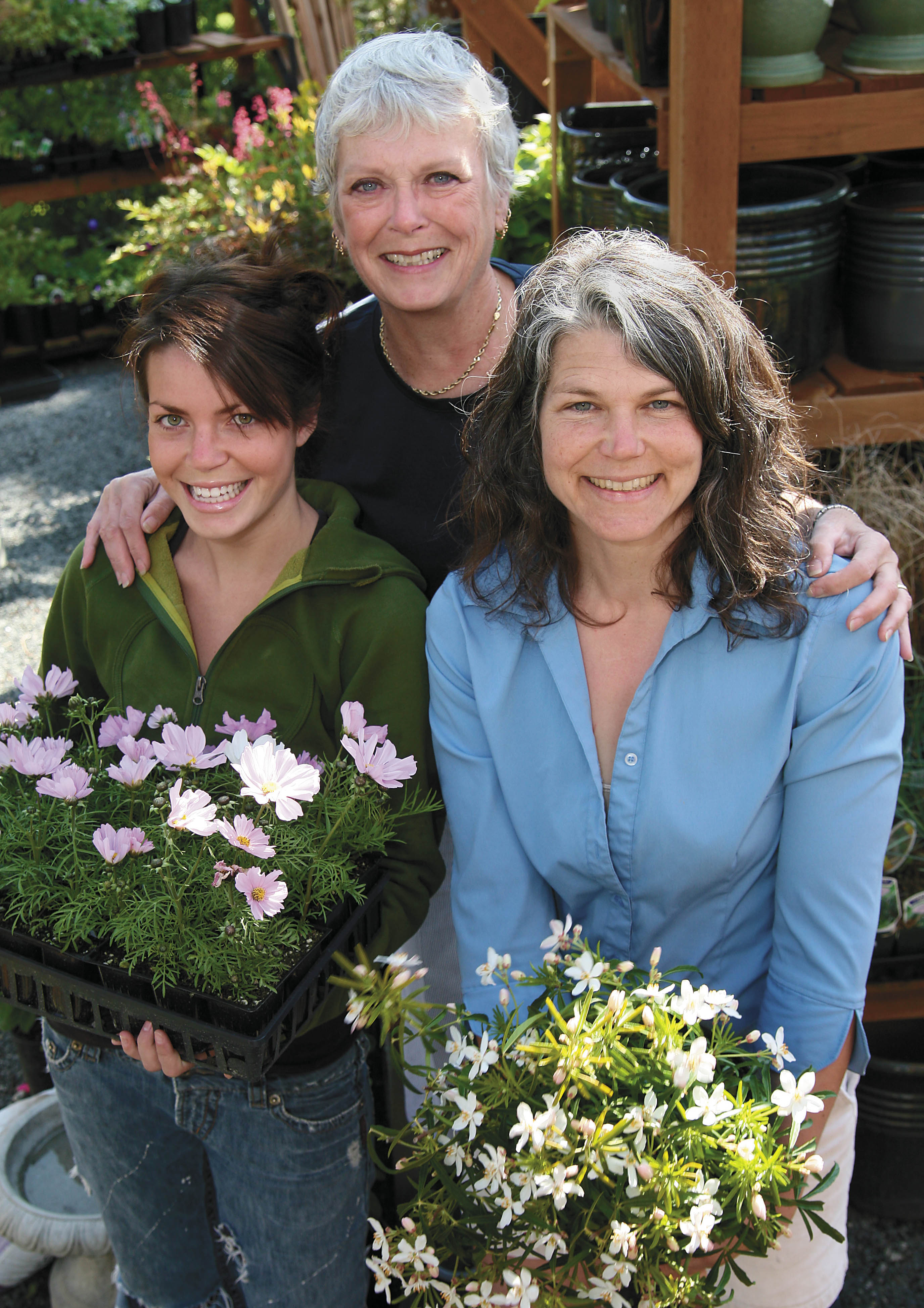
Fall is turning leaves, but there is something special about the flowers and berries that take the stage after the summer show closes.
 Chocolate Joe Pye Weed, Eupatorium rugosum 'Chocolate' is in full bloom this month. It's summer job as a chocolaty backdrop for my orange geraniums done, it breaks into bloom.
Chocolate Joe Pye Weed, Eupatorium rugosum 'Chocolate' is in full bloom this month. It's summer job as a chocolaty backdrop for my orange geraniums done, it breaks into bloom. Pyracantha is a versatile plantthat provides brilliant fall color, late season bird food and shelter.
Pyracantha is a versatile plantthat provides brilliant fall color, late season bird food and shelter.
Crinodendron is a lovely fall addition. It's blooms exactly match the brilliant fall leaves of the Burning bush Euonymus alatus , and the blooms of the fall flowering perennial Schizostylis .
 I love to surprise guests, by enticing them to try my Wintergreen, Gaultheria procumbens berries. They really do taste just like wintergreen lifesavers, and the big red berries look great for Christmas.
I love to surprise guests, by enticing them to try my Wintergreen, Gaultheria procumbens berries. They really do taste just like wintergreen lifesavers, and the big red berries look great for Christmas.
Viburnum davidii, is another plant that shines in the fall, glossy leaves, mahogany stems, and those metallic blue berries never cease to amaze.
 One of my favorite plants is Viburnum tinus, I use the lower growing Gwenallin for foundation plantings, and Spring bouquet as a hedging or specimen plant. This plant always looks good, and often displays, buds, flowers, and berries simultaneously. It is very prolific, so I steal it's flowers for wreath-making and holiday decorating.
One of my favorite plants is Viburnum tinus, I use the lower growing Gwenallin for foundation plantings, and Spring bouquet as a hedging or specimen plant. This plant always looks good, and often displays, buds, flowers, and berries simultaneously. It is very prolific, so I steal it's flowers for wreath-making and holiday decorating.
Pansies are the hands down winner for winter bedding out plants. If well established they will bloom most of the winter, and hold the show till the summer annuals can be safely put out.

Cotoneaster, another fabulous berry plant, that comes in a variety of forms from ground cover to large shrub. I have the damerii variety covering a rocky outcrop in my back garden where little else would grow.It has been one of the most rewarding plants, always looks healthy, and has received absolutely no help from me.
 I love the groundcover, Cerastigma plumbaginoides, it's late season blue flowers and beautiful red leaves are a must see.
I love the groundcover, Cerastigma plumbaginoides, it's late season blue flowers and beautiful red leaves are a must see. Bellis is a nostalgic flower for me, it always brings back memories of making daisy chains from the naturalised flowers blooming through our lawn.
Bellis is a nostalgic flower for me, it always brings back memories of making daisy chains from the naturalised flowers blooming through our lawn.
Callicarpa has a very unusual berry color that create a lot of attention.

My fuchsias are still blooming like mad. I have several varieties of this plant in my garden. In our mild climate I have had good luck with some of the non hardy varieties. I have Hummingbirds living year round in my garden, so I bring home the un-sold fuchsia baskets from the store for them to enjoy. If the plant survives the winter I will plant it in the spring.

Winter flowering Heathers are an old stand by for obvious reasons. The Doris Page winter garden in Victoria is a the place to see what the local Heather Society has collected over the years.

Another of my favorites, this one is Cyclamen hederifolium, the fall blooming cyclamen. You often see it naturalised through peoples lawns.
 Another favorite, seems I have a large collection of favorites that bloom in the fall. Schizostylis has this tropical look, but it blooms in the late summer through fall. I have had mine throw out blooms in January. It has an amazingly long bloom period, and is very cold tolerant.
Another favorite, seems I have a large collection of favorites that bloom in the fall. Schizostylis has this tropical look, but it blooms in the late summer through fall. I have had mine throw out blooms in January. It has an amazingly long bloom period, and is very cold tolerant. Pampas grass is one of those love it or hate it plants. I have to admit I have been somewhat of a hater, sour grapes from being cut up by it while trying to steal it's blooms from the neighbours yard as a kid perhaps? I will say, I have admired it of late, and must agree it makes a real show this time of year.
Pampas grass is one of those love it or hate it plants. I have to admit I have been somewhat of a hater, sour grapes from being cut up by it while trying to steal it's blooms from the neighbours yard as a kid perhaps? I will say, I have admired it of late, and must agree it makes a real show this time of year.
More Schizostylis, couldn't resist one more pic.

Nerines or naked ladies must be the most exotic of the fall bloomers. They are in leaf during summer, die back in fall, and bloom from the naked earth this time of year. My patch has diminished as the light changed from sunny to shady where I grew them. I often hear how easy they are to grow, hmmmfff, I wish I had the same luck.



